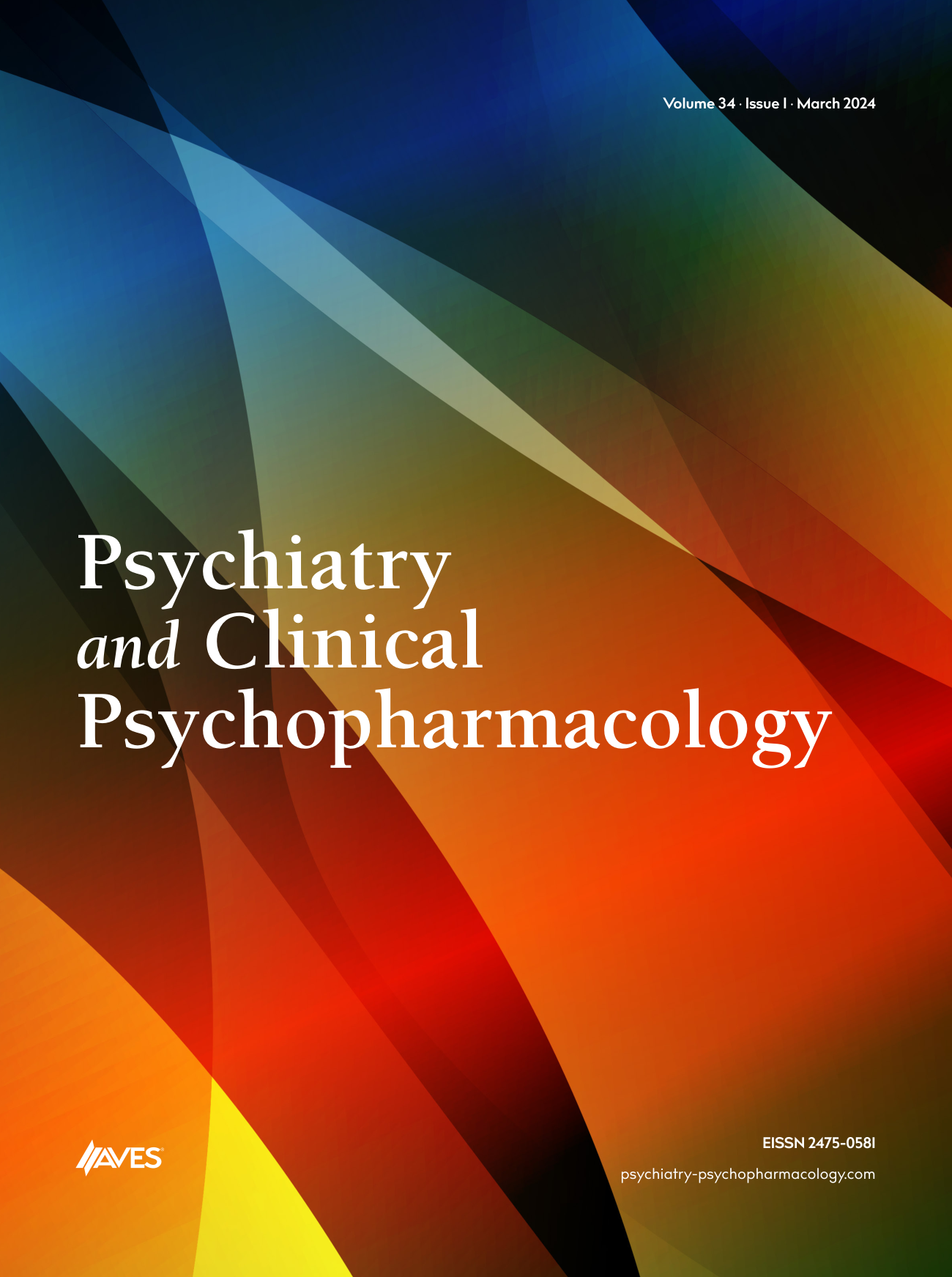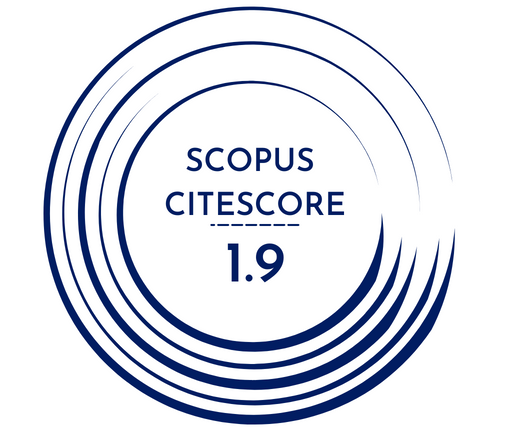INTRODUCTION: ADHD diagnosis is established by clinical interviews, collateral information, and rating scales, rendering the diagnostic process prone to informant and evaluator bias. Consequently, there has been much interest in developing an objective diagnostic tool for ADHD. The utilization of continuous performance tests (CPT) paradigms thus became an attractive research area. These tests involve execution of a predetermined reaction to target and non-target stimuli. Failure to execute the response to target stimuli is called an “omission error” and reacting to non-target stimuli is called “commission error”. Omission errors may be linked to problems with attention1 , and some subtypes of commission errors may be associated with “inadequate control”, or impulsivity2 . Studies report that children with ADHD demonstrated higher rates of omission errors than unaffected peers. Although the clinical utility of these tests has been controversial, a large meta-analysis revealed that children with ADHD made significantly more errors of omission and commission than normal children3 . These errors are significantly corrected by psychostimulant medications3 . Studies also highlight the effectiveness of incorporating distractors (auditory, visual and combined) in CPT to better distinguish ADHD from non-ADHD children. It is postulated that the presence of anxiety may partially inhibit the impulsivity and response inhibition deficits seen in ADHD; however, itmay exacerbate working memory and other cognitive deficits. There is limited information about continuous test performance of subjects with non-ADHD psychiatric conditions. One study comparing adult ADHD patients, adult anxiety-disordered patients, and normal adults using CPT found that the ADHD group demonstrated higher response inhibition performance deficits compared to both control group and anxiety disorders4 . To our knowledge, there are no studies that compare CPT measures of children with ADHD and Anxiety Disorders. The aim of this study was first to explore whether children with ADHD would differ from children with Anxiety Disorders in rates of omission errors, commission errors, and reaction times. Assuming that there would be a difference, we hypothesized that subjects with anxiety disorders would also not be affected by distractors as much as ADHD subjects are. Thirdly, we wanted to show if medical treatment of ADHD would close the gap between subject groups.
METHODS:
Participants: 50 subjects were enrolled in the study; 2 subjects refused to complete the test after agreeing and starting the test (1 subject with ADHD refused due to “boredom”, and 1 subject with Anxiety Disorder refused due to a preexisting headache). Data from 48 subjects were collected (38 male,). The sample included 30 subjects with a primary diagnosis of ADHD (inattentive, hyperactive/impulsive or combined presentation) and 18 subjects with Anxiety Disorders (Generalized Anxiety Disorder, Social Anxiety Disorder, Separation Anxiety Disorder, Panic Disorder). Most common comorbid conditions were Disruptive Behavioral, Learning and Tic Disorders for the ADHD group and OCD for the anxiety group. Medicated patients with ADHD (56%) were on varying doses of methylphenidate (%76) or atomoxetine (%24). Medicated patients with Anxiety Disorders were mostly on fluoxetine or sertraline.
Design: The study was conducted between December 2014 and February 2015 at two different child psychiatry clinics in Istanbul. All patients who received a diagnosis of ADHD or Anxiety Disorders were asked to volunteer for participation in the study. Diagnoses were established according to DSM 5 criteria by a child and adolescent psychiatrist supported by rating scales. Written informed consent from the parents and verbal assent from the subjects were obtained.
Test Paradigm: Subjects were given MOXO d-CPT test5 on a desktop computer with a 23-inch screen by a clinical psychologist. Standardized instructions were given to all subjects prior to starting the paradigm, and psychologists were blinded to patients’ diagnostic information prior to testing. The test takes 15 minutes, and participants are asked to respond to target stimuli pressing the space bar on the keyboard, while the target and non-target stimuli are presented without distractors, with visual distractors, with auditory distractors, and with combined auditory and visual distractors. The MOXO test measures omission errors as attention index and commission errors as impulsivity index. The test also measures reaction times (timing index) and hyperactivity index, which measures responding to non-target stimuli more than once or executing undesired behavior (pressing a different key than the one asked).
Statistical Analyses: Differences between independent samples were analyzed by non-parametric Mann-Whitney U test.
RESULTS: The distribution of data did not differ significantly across gender. The results revealed significant differences between subjects with ADHD and Anxiety Disorders in omission errors, timing and hyperactivity indices but not for impulsivity index when visual distractors are added to the task. (p<0.01, p=0.03, p<0.01 and p=0.065, respectively). When results from omission and commission ratings were combined, differences between ADHD and Anxiety groups were statistically significant for no distractor, visual, and combined distractor conditions (p=0.01, p=0.02, p=0.04, respectively), but not for auditory distractor condition (p=0.09). When subjects with ADHD were compared among each other according to medication use, significant differences were found in domains of attention indices except for combined stimuli condition (p=0.02, p<0.01, p=0.02 and p=0.08 respectively). The rate of commission errors was not significantly different between groups. Comparison of subjects who are not on medication for ADHD and subjects with anxiety disorders yielded powerfully significant results for attention, timing, impulsivity and hyperactivity indices (p=0.01, p=0.04, p=0.05, p=0.01). When results were compared across distractor conditions, groups also differed significantly (no distractor; p<0.01, visual distractor; p<0.01, auditory distractor; p=0.01, combined distractor p=0.01). The differences between reaction times at the beginning and the end of the study was also statistically significant between medicated and non-medicated ADHD subjects (p=0.04). Interestingly, when subjects on medication for ADHD and subjects with anxiety disorders were compared, the results did not differ significantly except for the hyperactivity index total score (p=0.03).
DISCUSSION: This study investigated effects of environmental distractors on attention and impulsivity in children with ADHD and Anxiety Disorders. Our results show that children with ADHD commit more omission errors than anxious counterparts when presented with no distractors, visual distractors and visual and auditory combined distractors. There were no statistical differences between groups when presented with auditory stimuli. Our results are in line with previous research which showed that visual distractors are better differentiators than auditory ones. The differences were similar when reaction times were measured. ADHD subjects engaged in more commission errors than anxiety disordered patients; however, this difference was not evident when presented with distracting stimuli. It was previously argued that commission errors are linked to ADHD symptoms in the impulsivity domain; however, other research showed that these are related to ADHD symptoms in general and cannot only be seen as an index of impulsivity. We suggest that presentation of visual and auditory stimuli may further trigger anxiety symptoms (especially self-doubt, perfectionistic views, hyper-vigilance) and may lead to more commission errors in subjects with Anxiety Disorders, thus closing the gap between ADHD and anxiety-disordered children. The strong inter-group difference in the hyperactivity index may suggest that ADHD individuals are more prone to rule-breaking than anxious counterparts. Hyperactivity index, by showing execution of hitting an alternative key on keyboard, or hitting the desired key multiple times may be seen as a measure of engaging in unwanted behavior. This is in line with our clinical observation that ADHD subjects were getting easily bored and did engage in behaviors to mock the test and the clinician due to boredom or fatigue. This index may be seen as an index of similar behavior in the classroom and home; engaging in seemingly unsolicited behavior, such as limit-testing, although not universally disruptive. Our results suggest that ADHD medications are helpful with attention (including reaction time) and impulsivity symptoms, but not with the hyperactivity index. It can be argued that the hyperactivity index of this test may be measuring these “limit-testing” behaviors rather than true hyperactivity, which is expected to show strong clinical response to ADHD treatment. In summary, children with ADHD and Anxiety Disorders had significant differences in the d-CPT test, especially when presented with concurrent visual distractor stimuli, proving our hypothesis. ADHD medications have a clear effect in correcting these differences and closing the gap between groups. Errors of omission are more closely linked to “pure ADHD” symptoms than commission errors, which may tap into symptoms that may also be present in Anxiety Disorders. Hyperactivity index of d-CPT may be measuring a tendency to “go against the norm”, or limit-testing behavior instead of true hyperactivity. This study has several limitations such as small number of participants (especially when broken down into subgroups) and voluntary participation, which may affect generalizability of the results. The results should be confirmed with larger samples.



